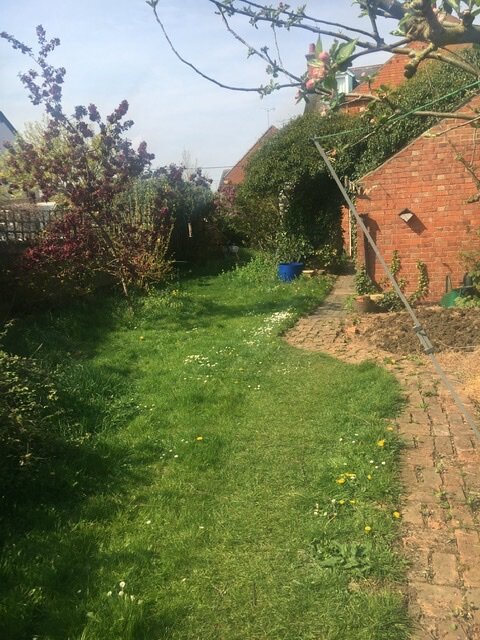
My lockdown garden bird list has leapt from 46 to 53 species in the last three weeks. The ‘new’ species were Cuckoo, Hobby and Sand Martin (summer migrants) and Mallard, Little Egret, Herring Gull and Skylark. Little Egret was a garden lifer too – but now I’ve seen it three times.
Here’s the list (with the number of times each species appeared in my 41 day lists over the period):
Woodpigeon 41
Collared Dove 41
Black-headed Gull 41
Jackdaw 41
House Sparrow 41
Goldfinch 41
Greenfinch 41
Rook 41
Blue Tit 41
Blackbird 40
Starling 40
Dunnock 40
Carrion Crow 39
Red Kite 38
Great Tit 38
Robin 38
Sparrowhawk 33
Buzzard 32
Wren 32
Lesser Black-backed Gull 28
Chaffinch 27
Stock Dove 22
Pheasant 18
Pied Wagtail 18
Swallow 17
Blackcap 14
Song Thrush 14
Long-tailed Tit 13
Kestrel 13
Magpie 13
Swift 10
Goldcrest 8
House Martin 7
Peregrine 7
Raven 6
Cormorant 5
Common Gull 4
Mediterranean Gull 4
Little Egret 3
Grey Heron 2
Greylag Goose 2
Canada Goose 2
Herring Gull 2
Hobby 2
Mallard 2
Reed Bunting 1
Gadwall 1
Fieldfare 1
Great Spotted Woodpecker 1
Green Woodpecker 1
Skylark 1
Cuckoo 1
But, away from the list aspect, I am learning a lot about the birds in and over my garden. There are the Woodpigeons that commute from the town to the countryside, and back, at set times of day. There is the quietening down of Robins and Long-tailed Tits now they are incubating. Maybe they have chicks now – but not in my garden. Early morning is the best time to hear a crowing Pheasant from the fields several hundred metres away (after the dawn chorus but before most people are awake). Raptor hour (some time between 1030 and 1330) is very likely to produce Red Kite, Buzzard and Sparrowhawk – and maybe Kestrel and Raven. Every day I hear the silence drop, started by a Blue Tit alarm, and then see a Sparrowhawk circling high or flashing past. Swallows and both martins are almost always heading north – these are still sightings of arriving birds. The Blackcap a few gardens away only sings very rarely. Song Thrushes are quite quiet, and if I do hear one it is usually far away (but I bet they’ll start up again soon). The Carrion Crows a few gardens away probably have chicks now because they are far more intolerant when a Red kite glides over – up in the air cawwwing loudly.
These are not observations of great importance but whereas in previous years, many years, I dipped in and out of the wildlife in my garden I am now more fully embedded in it. I notice the changes from day to day. I like it.
It’s a bit like the differences between the photo of my garden at the top of this post (taken today) and the one below from mid April. They look much the same. They are much the same. But I know that the Lilac has come and gone in that time, and although the grass looks much the same it has been cut, partly, twice (though you’ll notice I spare the patches of daisies), and the Forsythia had been pruned back and there are those pots against the shed with herbs and vegetables (and slugs) in them. The pictures look the same but I know this place and I can spot the differences, and I know the frames in between these two.

I like seeing the pics of your garden as well as seeing the listed birds. It’s a shaggy garden, shared with nature rather than a manicured tamed garend, which is what we aim for. Our unmowed wild patch is coming on nicely, we have a lot of interesting overflying birds, with the Canada geese en route to one of the nearby meres skimming the rooftop so closely the other day, we both ducked and watched them as they honked on to the next splashdown. Our “resident” wood pigeons bill, coo, flirt & mate on the roof, blackbird sings regularly from his perch on next door’s TV aerial and the blue tits are busy in & out of one of the nesting boxed. Lockdown is far from being boring.